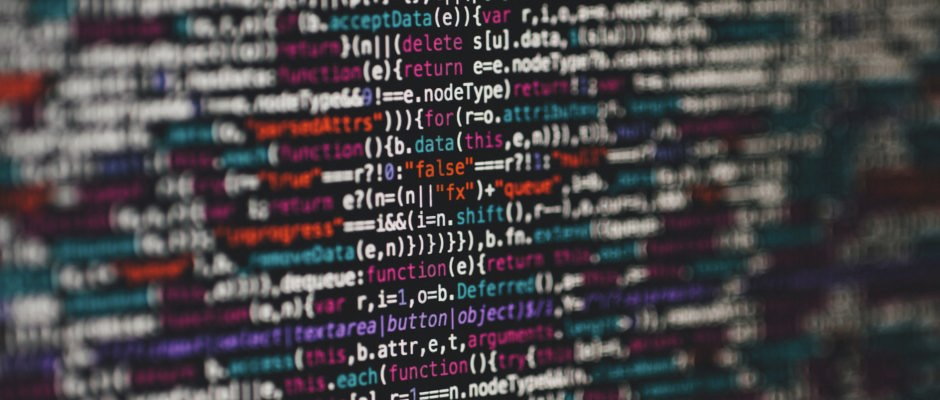At any moment, any company can take a hit that might impede its ability to produce and sell its goods or services, in other words, it might be disrupted. When this happens, the company’s resiliency is put to the test.
What does it mean to be resilient? Are there different degrees of resiliency? Can we measure our resiliency capacity? How can we teach employees and organizations to become more resilient?
Constant Bombardment of Shocks
Organizations are facing a constant bombardment of shocks from consumers, employees, digital disruptions, the competition, or other changes in its internal or external environment. These hits or shocks manifest themselves in security threats, industry fragmentation, cross-boundary disruption, data availability and the use of data as a competitive advantage, and competition for needed talent. Any such disruption or shock could potentially render the business irrelevant, enabling new ecosystems of more nimble providers.
If the future brings with it a continuous wave of disruptive shocks, it will be critical to help employees, departments, organizations and even industries assess disruption, learn resiliency and continue to build tacit knowledge on becoming adaptable to changes over time. But the question remains, how do we teach individuals or organizations to become more resilient?
Resiliency in Education
Many educators are asking this question. They see a need to help students to become more resilient. Resiliency is referred to as a non-cognitive skill, along with conscientiousness, optimism, courage, self-control and grit. I wouldn’t be surprised if a study of successful people would surface a prevalent presence of exactly these non-cognitive skills. Paul Tough describes in his book, “How Children Succeed,” that educators have been focusing on developing the wrong skill sets, specifically cognitive development, without focusing on how to build skills like resiliency. In fact, early exposure to adversity not only affects the condition of children’s lives; it alters the physical development of their brain. So if non-cognitive skills and adversity are important, how do we incorporate that into learning? It’s complicated (!) and in some ways contrary to how we have been providing education.
From Rote to Resilient
Education is still largely rote based (learning through repetition) and delivered in a linear fashion. A knowledge expert provides materials to students and then makes sure that they have cognitively processed the information in the form of assessments, focusing on cognitive skill development. What if we were to infuse elements of resiliency into pedagogy or even create a separate learning space that just focused on resiliency with the subject matter (marketing, data analytics, economics) as a secondary goal? Questions would arise fast. How would this course be taught, how would educators revise their teaching methodology, what would be the experience of students and how would we be able to measure success?
From Blame to Reframe
I reached out to David Yeo, who is the Chief Learning Architect at the Kydon Group in Singapore. David has a vast array of experience in learning and understanding how to build resiliency from his current role all the way back to his days as Head of Training and Learning Systems in the Singapore Armed Forces. David argues that when shocks occur (and they will), we need to forget trying to assess blame but rather reframe our thinking and “deconstruct the mental model and reassess the current situation.” This might entail a deliberate process of completely forgetting long and deeply held beliefs (often referred to as organizational memory) and reposition your thinking to question deeply held beliefs and fundamentals (for example, fundamentals of time and tempo, economy and value, market best practices, technological trajectories). We will also need to take into account current constraints, market assessment, and organizational capacity and cross department/function expertise. If we are working in a chaotic and turbulent environment, we need to embrace it.
One of the first steps in rethinking the mental model is to question why the organization is successful in the first place and realize that part of the reason might be its biggest weakness. For example, the brick and mortar travel agency (high touch, personalization) was disrupted by the emergence of online travel agencies or OTAs (real time self-service with greater plethora of choice). Even this market of the OTAs could be disrupted with new entrants leveraging Blockchain technologies.
Caching in on Chaos
In my opinion, chaos, turbulence and disruptive shocks can lead to new and innovative ways in training the work force, questioning the legitimacy of outdated processes and even reconfiguring organizational structure. In times of rapid change, the worst thing an organization can do is become complacent, squash innovation, create silos of data and information exchange and develop sage spaces for experimentation and testing. Some organizations like our Software engineering Institute at Carnegie Mellon have developed Resilience maturity Models but they don’t take into account the capability of employees to be resilient in the face of disruptive shocks.
Success in Teaching Resiliency
David and I agree that training programs in resiliency would have to be grounded in the fundamental understanding of disruptive patterns and forces. Take, for example, the legacy telecom ecosystem that allowed cross-boundary disruption from Apple and Google. By becoming a student of disruption, one can better understand the market, technology and consumer forces that enabled the disruption. I do this with my students every semester in my Digital Transformation class at the Heinz College at Carnegie Mellon. There are a number of cases and simulations you can engage students in to study disruption. In addition, one of the components for a successful program would be to experience perspectives across multiple departments either through cross-team building exercises or social engineering to cross pollinate teams with experts on mediation and facilitation. Cross-discipline and intra-departmental understanding is difficult to achieve but absolutely necessary to develop organizational level thinking and agility in dealing with disruptive shocks.
Simulating Adversity to Train for Resiliency
A second phase might simulate adversity and develop disruption scenarios that could gauge how students cope with the shock. In other words, do they move on or do they linger and obsess about what happened and how they could have prevented an unfavourable outcome. This could involve assessing the implication to the organization, breaking down different categories of risk and developing actionable plans to deal with the disruption. This could further be broken down into different types and magnitudes of disruptive shocks.
Looking ahead
Several questions quickly arise: Can organizations become desensitized to shocks? Can the resiliency of an organization from an employee perspective be measured and assessed? If it can, could companies be open and honest about their scores as a means to market their brand? What are the assurances of learning associated with programs to teach resiliency? How do you encompass a holistic organizational perspective and can it be done in phases between different departments?
I think this opens up a new space for learning and development that might become the new “need to have” skill for the next generation of employees. What are your thoughts? What would you include in a resiliency education program?
Read original article here



